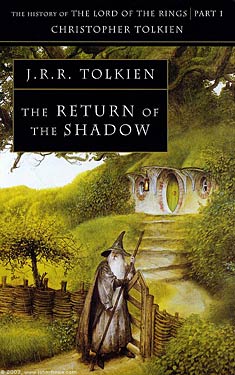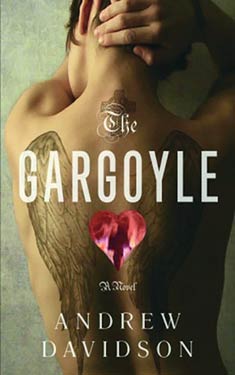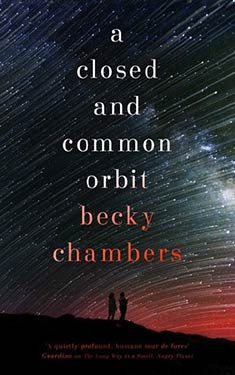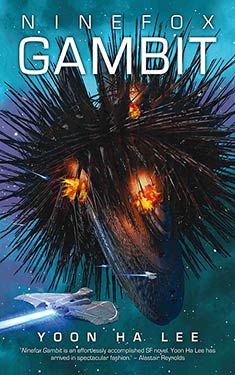Robert J. Sawyer
Completed 7/29/2017, reviewed 7/30/2017
4 stars
An alien appears outside the Royal Ontario Museum and asks, “Take
me to a paleontologist.” It turns out
that this alien represents one of two alien races that had extinction events at
the same time we had ours on earth. This
is just one of the reasons the two alien races believe that the universe was
intelligently designed. Combine this
with the atheist paleontology curator at the museum who is dying of cancer and
you come up with a very intriguing mix of morality, science, spirituality, and
religion.
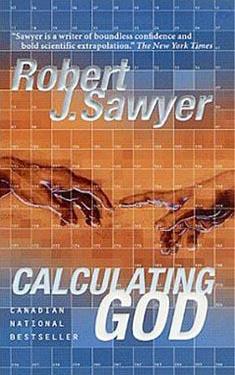 Despite its heavy content, the book is a fairly easy mélange
of philosophical discussions. The
discussions between the main character Thomas Jericho and the alien Hollus get
fairly intense as well as some of Jericho’s own reflections. But it is fairly easy to follow. It is all made much more intense with Jericho’s
plight as a cancer victim. With less
than a year to live and as one of the ambassadors to two alien races, he is thrown
into an existential crisis. The basic
question is, if there is a god, why does it appear to be indifferent to
us.
Despite its heavy content, the book is a fairly easy mélange
of philosophical discussions. The
discussions between the main character Thomas Jericho and the alien Hollus get
fairly intense as well as some of Jericho’s own reflections. But it is fairly easy to follow. It is all made much more intense with Jericho’s
plight as a cancer victim. With less
than a year to live and as one of the ambassadors to two alien races, he is thrown
into an existential crisis. The basic
question is, if there is a god, why does it appear to be indifferent to
us.
Thrown into this mix is a subplot where two fundamentalist
Christian terrorists blow up an abortion clinic, killing someone. They flee to Toronto where they decide to
destroy the evil fossils that Hollus is examining with Jericho so that Hollus
can be saved. Of course, just believing
in God isn’t enough, you have to be “saved”.
This subplot is sort of clunkily thrown into the story, but it makes an
interesting point: there is a God, but
we’ve got it all wrong. And on top of
that, our morality is all screwed up. For
example, why should we need abortion when we have contraception? This is just one of the topics discussed in
the book.
Ultimately though, the book’s argument comes down to why God
only seems to act on the cosmological scale.
It is the argument for intelligent design, but against
fundamentalism. The book is nicely
executed in presenting this, but I never felt the proof that the aliens had for
the existence of God was ever adquately explained.
I give the book four stars out of five. This was another book for my Theology in
Genre Fiction reading challenge. It was
right up my alley in the conflict between religion and science. It seems like people are pretty divided on
this book, but I found it interesting and well executed.
